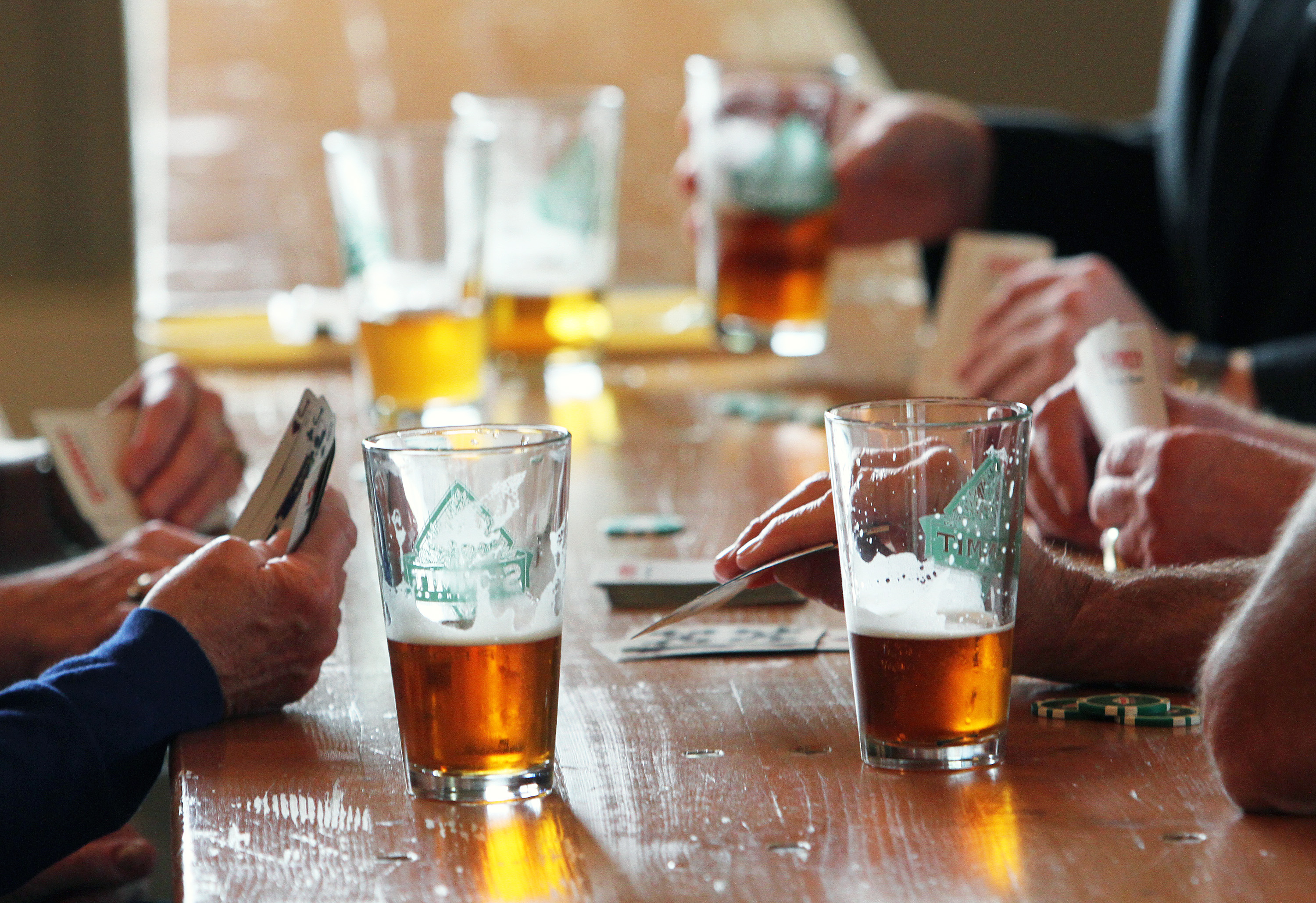Know Your Beers
Written by Joe Wabe
Photographed by Jeffrey Thompson
A few years ago, the process of selecting a beer from the beer aisle was quite an easy one for me, as I’d check the ABV (alcohol by volume) and price only. Beers that stood above five percent ended up in the cart as long as the price didn’t exceed the 5,000-won mark. Expensive beers with a low alcohol percentage made no sense to me, after all, beer shopping was all about feeling “buzzed” and relaxed at home. I read neither the brewing style nor the brewery. My short-minded beer thought process was hardwired to think all beers were created equal. But that all changed after I took up craft beer home-brewing as a hobby and began studying and researching more about the world of beer. A new universe of knowledge opened up for me, and this new discovery made me see beer on a whole new level.
How’s Beer Made?
The four basics ingredients of beer are barley, water, hops, and yeast, and up to today beer-making in Germany has been regulated by the “Purity Law,” which allows no other ingredients than those mentioned above. But beer all over the word is made using a wild range of ingredients from wheat, rice, and oatmeal, to exotic fruits, chocolate, and even coffee! Hoegaarden, the popular Belgian beer (to give an example), is made out of wheat with elements of orange peel and coriander. Another interesting fact about beer – this one historical – is that beer was originally made by the Egyptians using bread.

Classifying Beer
Beer can be classified into two main categories: ales and lagers. Ales are the older form of beer, and they tend to be more fruity and hoppy with the fermentation process usually happening at higher temperatures using different varieties of yeast strains. They have a stronger taste and tend to have a thicker body and aroma. On the other hand, lagers are a relatively newer form that first started in Bavaria, Germany, and then spread throughout Europe, giving birth along the way to styles like Pilsner before carrying on to the rest of the world. Lagers usually use the same yeast strain, are fermented under colder temperatures, and have a cleaner taste with lighter body and coloring that’s usually referred to as “crisp.” Most national beers fall into the category of lagers (Cass, Heineken, Budweiser, Tsingtao, and Sapporo, to name a few) since their lighter body and taste are more appealing to the average palate. There are hundreds of beer styles, and it’d be impossible to crunch them all into this article, but here’s a short list to get you started:
Lagers
American Light Lagers: Light and dry with very low malt and hops flavor present. Usually brewed with corn and rice to lighten the beer and lower its bitterness. Examples: Cass Light, Bud Light, Coors Light, and Miller Light. (ABV 2.5–5%)
Bohemian Pilsner: Clear, light golden or orange color with a medium body. Complex in taste but clean and crisp. Higher bitterness, with occasional spicy and floral notes. Examples: Pilsner Urquell, Sierra Nevada, and Lagunitas PILS. (ABV 4.2–5.4%)
European Pale Lager: Crisp, balanced, and light-bodied. Produced with sweet malt and very easy to drink. Bitterness comes at a medium level. Examples: Stella Artois, Harp Lager, and Heineken Lager. (ABV 4.5–5.4%)
Vienna Lager: Reddish brown, medium body with a slight malt sweetness and a slightly toasted character. Crisp and hoppy with mild bitterness. Examples: Devil’s Backbone, Great Lakes, and Dos Equis. (ABV 4–5%)
Marzen/Oktoberfest: Medium to full-bodied, ranging from pale to amber or dark brown. Hoppy and bitter. Examples: Paulaner and Weihenstephaner. (ABV 4–7%)
Ales
Abbey Trappist: Dark brown with a creamy off-white head. Rich and complex with a smooth, toasty malt that evokes dark fruit like plums, raisins, and dark cherries. Examples: Chimay Premiere Red, Westmalle Trappist, and Duvel. (ABV 6.2–12%)
American Amber: Light to dark amber or even copper in color. Medium-bodied, malty and hoppy. Examples: Levitation Ale, Fat Tire, and Red Rocket Ale. (ABV 4–7%)
American IPA (India Pale Ale): Launched the modern craft brew revolution. Gold to copper in color, medium-bodied, crisp mouthfeel with pronounced hops and strong citrus, pine, and floral characteristics. Examples: Sierra Nevada, Stone IPA, and Centennial IPA. (ABV 4–7%)
Stouts: Darkly colored and medium-bodied, lightly carbonated and hopped. Coffee-like bitterness, sometimes served on a nitrous system to make it creamier. Examples: Guinness, Irish Stout, and Black Sun Stouts. (ABV 4–6%)
Hefeweizen: Very pale or light amber in color and cloudy in the bottle. Medium-bodied with hints of fruits and spice like banana, apple, and clove. Sometimes a slight bubblegum finish. Examples: Weihenstephaner, Franziskaner Hefe-Weisse, and Widmer. (ABV 4–7%)
Lambic: Light to medium-bodied, intensely fruit-flavored: raspberries, cherries, peaches, and strawberries are often used with herbs and spices. Examples: Lindermans Framboise, Cantillon Kriek 100% Lambic, and Abita Purple Haze. (ABV 3–8%)
Porter (English): Historically a combination of three beer styles favored by English porters. Bold, roasted malt flavors like coffee and toffee, with hop bitterness varying by brewer. Examples: The Famous Taddy Porter, London Porter, and Old Engine Oil. (ABV 5–6%)
Saison/Farmhouse Ale: Gold to amber-orange in color with crisp and complex flavors that are mildly earthy and sometimes musty, fruity, spicy, and sour. Dry finish. Examples: Dupont, Hennepin, and Tank 7 Farmhouse Ale. (ABV 5–8.5%)
After discovering this new world, I now resist the urge to just swallow the beer. Instead, I love to investigate the aroma by breathing deeply and analyzing the taste by taking every sip very slowly, identifying the sweetness, bitterness, acids, herbs, and citrus that might come along. It’s a new game for me, one that I’m enjoying fully. Cheers!
the Author
Joe Wabe is an established photographer and Gwangju local business entrepreneur. He has been contributing to the GIC and the Gwangju News for more than eight years.




